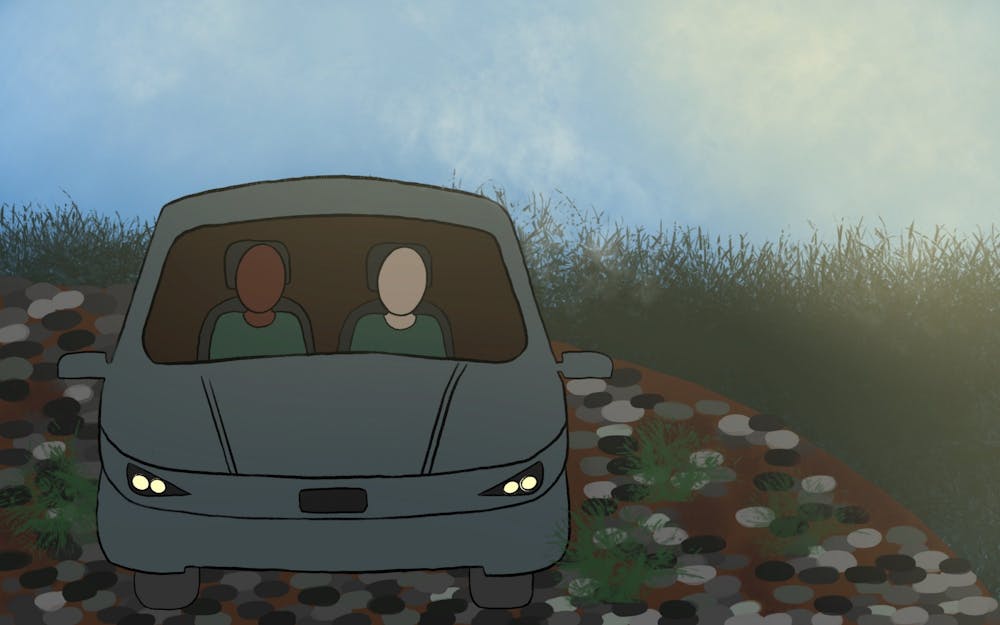The existence of sundown towns has been recirculating on Black Twitter. Sundown towns are all white cities, towns or neighborhoods that still practice racial segregation by excluding non-white people, usually through extreme violence or intimidation. They were given the name “sundown” because they banned Black people after dark.
Why are we in the year 2022, and yet Black people still have to come up with ways to avoid being stuck in racist towns?
Some people suggested that Black people need a new Green Book. The Green Book, also called the Negro Travelers’ Green Book or the Travelers’ Green Book, is named after its author, Victor Hugo Green.
The Green Book or the Negro Motorist Green Book was a travel guide — initially used by Black Americans during segregation — that identified businesses which accepted Black people. It was an annual travel guide that was published from 1936-1964.
“Whites only” policies during segregation made it nearly impossible to find safe places to eat and sleep while traveling. This included hotels, restaurants, taverns and even boarding houses. The Green Book historically helped Black people like Green, who was a Black postal worker and traveling writer, safely navigate through segregated places, especially in the south.
The Green Book is several decades old, and there hasn’t been a new one published. Many people thought after the Civil Rights Act was passed, it would no longer be necessary.
While the Civil Rights Act outlawed discrimination, it still didn’t stop racism or anti-blackness. While sundown towns are most commonly associated with the South, they are highly concentrated in the Midwest. Some still remain in Indiana.
Southern Indiana cities like Bloomington and Martinsville both have sickening histories of racism. POC and Black people are extra cautious when traveling through these cities, especially Martinsville.
Martinsville, just outside of Bloomington, is home to the Ku Klux Klan and was a sundown town, according to NPR. There are confederate flags all over the town.
Depending on where you are from, some students like myself can’t avoid going through Martinsville because it’s the main road to campus.
While most Black and other people of color who have lived in Indiana for a while are aware of Martinsville’s reputation, people who visit or are traveling through are not. This is where a Green Book could be needed.
There are many places like Martinsville all across the midwest, like Pekin, Illinois, Shelby, Ohio and Corbin, Kentucky.
While it’s outrageous that we need a traveling guide just so that we can avoid racism, it's a necessity. We have to navigate a country that wants to cause us harm. Racism and anti-blackness aren’t stopping anytime soon, so in order to be safe we have to create or bring back methods of awareness, like the Green book, to do so.






